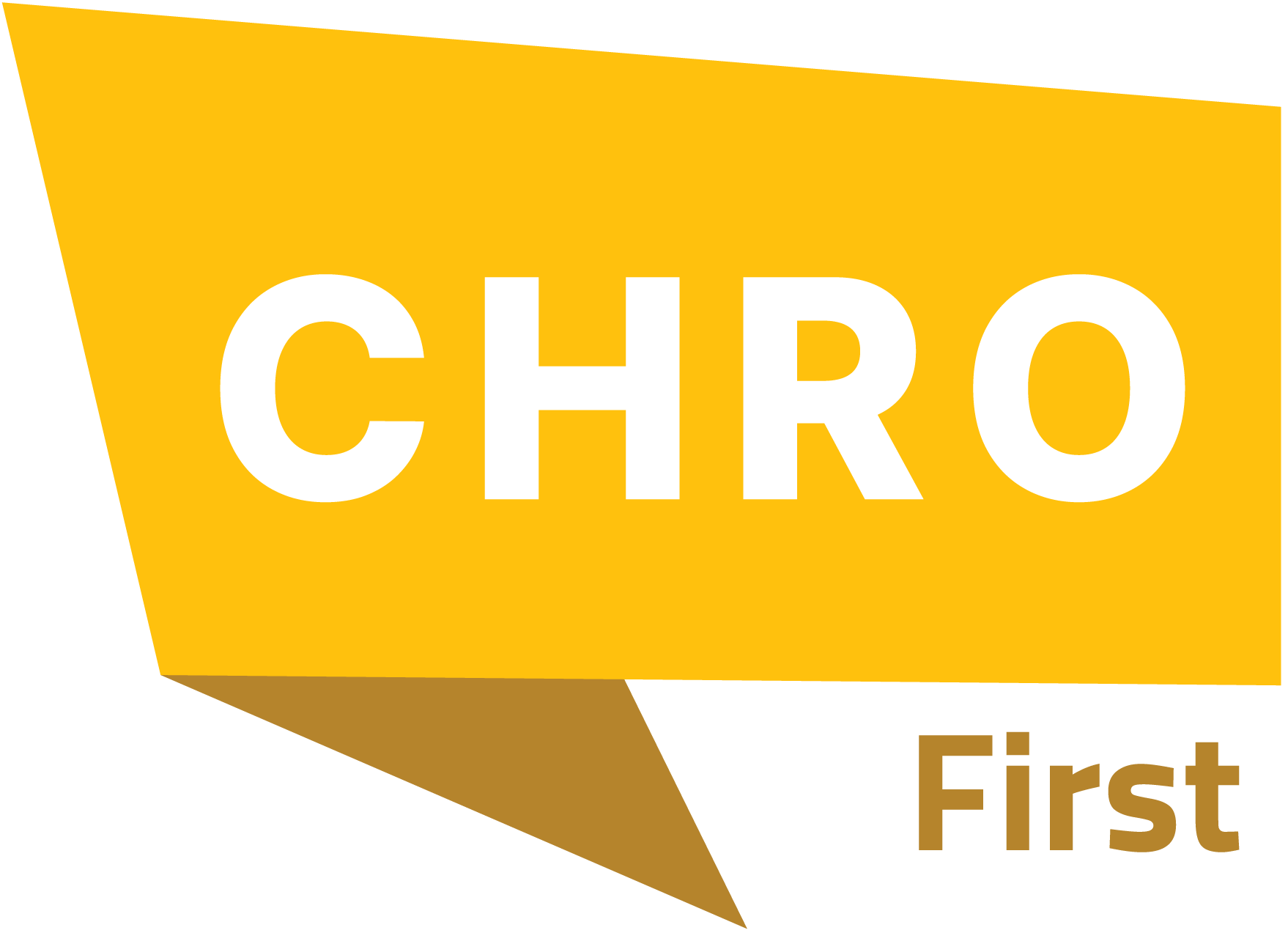The terrain of Diversity, Equity, and Inclusion (DEI) is shifting rapidly. For CHROs and HR leaders, the stakes are higher than ever. Creating inclusive workplaces was once a choice. It’s a blend of new laws, public pressure, and growing demands from workers, investors, and customers. In today’s world, knowing U.S. regulations is a must. It’s key to success.
The Changing Regulatory Framework
In the past ten years, DEI initiatives have increased. Companies recognize their moral and business advantages. However, recent legal and political developments have introduced new challenges. Regulatory bodies and courts closely monitor how companies develop and manage DEI programs. They focus especially on hiring practices, pay equity, and representation metrics.
Some states have made laws about how employers handle systemic inequities. Meanwhile, federal guidelines still stress the importance of enforcing anti-discrimination. This patchwork of requirements creates ambiguity for HR leaders. A good intention can still lead to a policy mistake. This mistake might cause legal problems or damage your reputation. The key lies in balancing compliance with the core principles of DEI.
Compliance in a Polarized Climate
One of the most pressing challenges is aligning DEI goals with anti-discrimination laws. Diversity-focused hiring or promotion programs can be well-intentioned. But, they could clash with Title VII of the Civil Rights Act if they favor certain groups. To lower risk, organizations should set clear goals. They need to base these on evidence and focus on fairness, not strict quotas.
Consider a Fortune 500 tech company that just revamped its mentorship program. The program aimed to quickly place women and minorities in leadership roles. However, it faced legal issues claiming reverse discrimination. The company changed its approach. It opened the program to all employees. It also gave special support to those from historically marginalized backgrounds. This approach preserved the initiative’s intent while adhering to legal standards.
Embedding DEI into Organizational DNA
Regulatory compliance is only one piece of the puzzle. Effective DEI strategies must be woven into all parts of the organization. This includes talent acquisition and performance management. This demands a shift from isolated initiatives to systemic change.
Leadership accountability is critical. Linking DEI outcomes to performance reviews and pay shows true commitment from executives. A global financial services firm needs all senior leaders to back employee resource groups (ERGs). Sponsors are judged by how well they promote representation and inclusion in their teams. Such structural accountability ensures DEI remains a priority amid competing business goals.
Training programs also play a pivotal role. However, traditional one-off sensitivity workshops are insufficient. Progressive organizations now use ongoing, scenario-based learning. This approach tackles unconscious bias, microaggressions, and promotes inclusive leadership. A healthcare provider held monthly ‘DEI roundtables.’ Teams talked about real-world challenges. This fostered a culture of ongoing dialogue and growth.
According to McKinsey & Company, companies in the top quartile for racial and ethnic diversity are 35% more likely to have financial returns above their respective national industry medians. Also, companies in the top quartile for gender diversity are 15% more likely to have financial returns above their respective national industry medians.
Measuring Impact Without Inviting Liability

Data collection is essential for tracking DEI progress, but it carries legal risks. Employee demographics, pay equity analyses, and promotion rates are useful tools. They help spot gaps, but they can cause issues if not managed well.
To navigate this, HR leaders must prioritize transparency and anonymity. A retail company faced criticism after it shared diversity data. The numbers showed big gaps in its workforce. The goal was to show accountability. However, the data was misused in lawsuits about discrimination. The company discovered how to share insights together while protecting individual privacy. They also created clear action plans to tackle inequities.
Additionally, organizations should audit their DEI metrics regularly. Working with legal counsel to review data collection practices helps meet changing laws. For example, California requires employers to share detailed salary information. In contrast, other states ban questions about salary history. Tailoring data strategies to regional requirements minimizes exposure.
The Role of ERGs and Employee Advocacy
Employee Resource Groups (ERGs) are vital for creating inclusive cultures. However, their role is evolving. ERGs used to focus mainly on community-building. Now, they are expected to influence policy, drive business results, and advise leadership.
A manufacturing company’s LGBTQ+ ERG worked with HR to update parental leave policies. Now, same-sex couples receive equal benefits. A tech startup’s disability inclusion group worked on accessible office designs. This helped employees and drew in clients who value social responsibility. These examples underscore the importance of empowering ERGs with resources and decision-making authority.
However, ERGs must operate within legal boundaries. Volunteering for these groups should be optional. This helps prevent claims of coercion. Also, discussions must avoid partisan political debates. Such debates could alienate employees or lead to outside criticism.
Communicating DEI in a Divided Society
External messaging around DEI requires careful calibration. Supporting social justice or equity can boost a brand’s reputation. However, it might also upset some stakeholders or draw legal attention.
A national restaurant chain faced boycotts after publicly endorsing a controversial social issue. Some customers and employees liked the stance. However, it hurt sales in conservative areas. The company then used a ‘localized’ communication strategy. This let regional managers adjust messages to match community values. They still maintained core DEI principles. This balanced approach preserved unity without compromising authenticity.
Internally, transparency is paramount. Employees expect regular updates on DEI progress, including setbacks. A pharmaceutical company’s yearly DEI report highlighted issues with keeping Black executives. It also shared clear strategies for retention and timelines for progress. This honesty built trust and demonstrated a commitment to continuous improvement.
Also Read: Candidate Performance Benchmarks: How to Set Standards for High-Quality Hiring
Future-Proofing DEI
The rules will keep changing. Political shifts, court rulings, and societal trends will shape them. HR leaders should make their DEI strategies more agile. This way, programs can adapt easily and keep moving forward.
Scenario planning is a valuable tool. Organizations can make plans by anticipating changes. These could be rolling back affirmative action or new pay equity laws. A professional services firm runs ‘DEI stress tests’ twice a year. These tests simulate situations, such as a lawsuit claiming unfair hiring practices. These exercises identify vulnerabilities and refine response protocols.
Cross-industry collaboration also fosters resilience. Joining consortiums or sharing best practices helps organizations stay updated with trends. After a Supreme Court ruling changed affirmative action in universities, several companies formed a coalition. They want to share ways to keep diverse talent pools while following legal rules.
The Path Forward for HR Leaders

For CHROs, navigating the new DEI landscape demands equal parts courage and caution. Progress must not sacrifice compliance, and idealism cannot overlook legal realities. Successful organizations see DEI as key to their business strategy. It’s not just a regulatory burden.
HR leaders can turn regulatory challenges into chances for innovation. They can build inclusive cultures by using data, accountability, and adaptability. The road ahead is complex. With careful planning and fairness, we can build workplaces where diversity thrives. This is key to business success, even in uncertain times.
The message is clear: Stay informed, stay flexible, and believe in DEI. When done well, DEI isn’t just legally safe; it also builds lasting strength in organizations.

